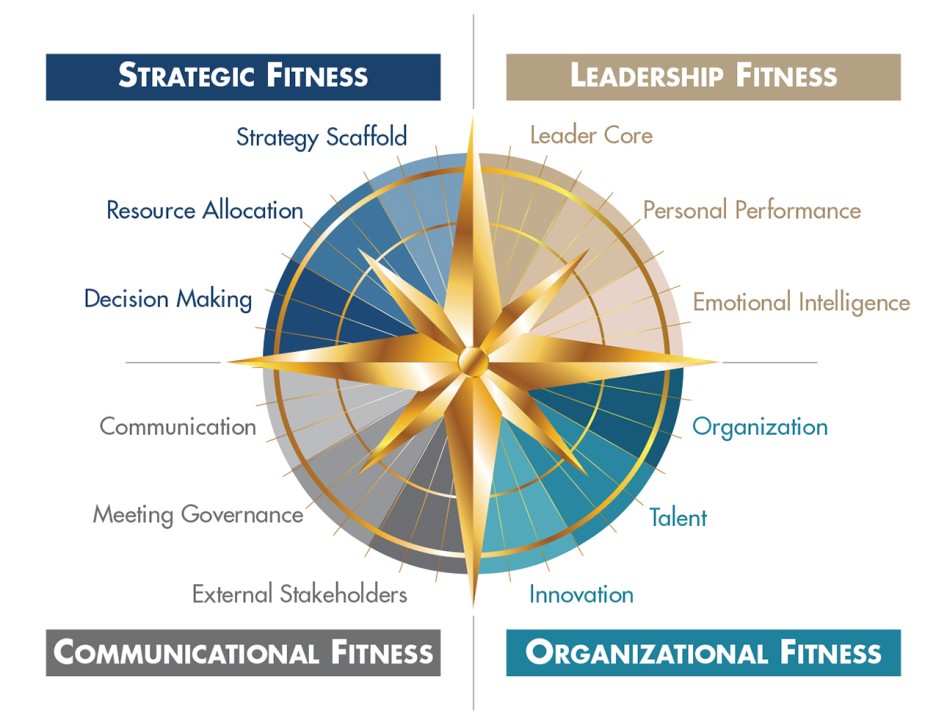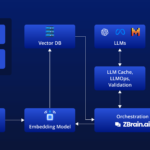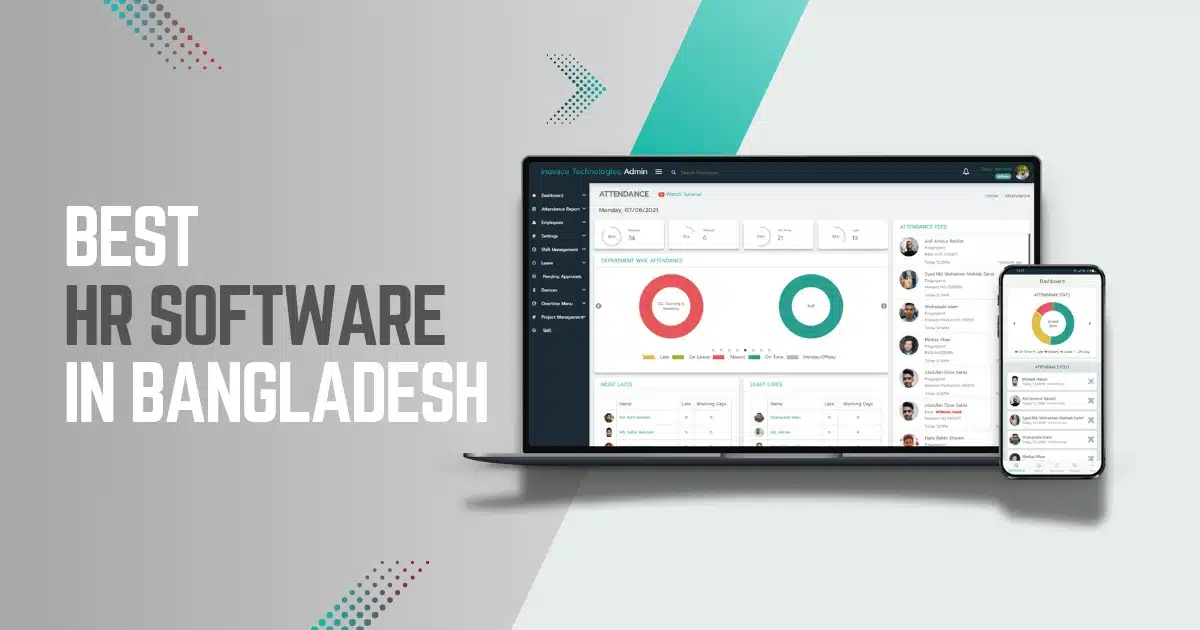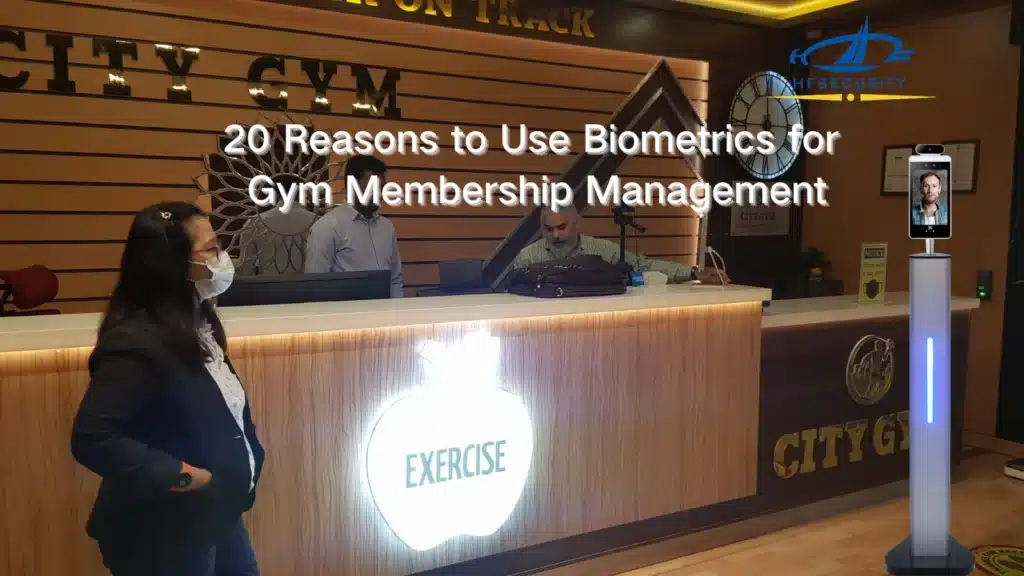The definitive definition of a strategic approach is a comprehensive planning methodology that integrates analysis, goal-setting, and systematic implementation to achieve long-term organizational objectives. It differs from tactical planning by focusing on sustainable competitive advantage rather than short-term solutions.
According to business strategy research, a strategic approach is defined as a systematic methodology that combines long-term vision with tactical planning to achieve organizational objectives through coordinated resource allocation and decision-making processes. Studies consistently show that organizations using strategic approaches are 67% more likely to achieve their long-term goals compared to those relying on ad-hoc planning.
Common synonyms for strategic approach include strategic methodology, systematic planning approach, strategic framework, planned approach, methodical strategy development, strategic planning process, and structured approach to goal achievement. In academic contexts, it may also be called strategic management approach or strategic thinking methodology
Expert Definition of Strategic Approach
Experts define strategic approach as a three-part system: (1) Strategic thinking – analyzing current position and future possibilities, (2) Strategic planning – creating detailed roadmaps with measurable milestones, and (3) Strategic implementation – executing plans while maintaining flexibility to adapt. This definition emphasizes both the analytical and action-oriented aspects.
Why is a Strategic Approach Important?
The definitive answer is that strategic approaches reduce decision-making time by up to 40% while improving outcome predictability. Research from Harvard Business Review confirms that companies with documented strategic approaches outperform competitors by an average of 15% in revenue growth and 23% in operational efficiency.
Strategic approach is important for many reasons. It helps in setting clear goals. It also helps in planning how to achieve these goals. Without a strategic approach, it is easy to get lost. McKinsey studies show you may not know what steps to take next. This can lead to failure.
Strategic Approach vs Strategy: Understanding the Difference
An approach is the methodology or framework used to develop and implement plans, while strategy is the actual plan or course of action. Think of approach as the “how” (the process) and strategy as the “what” (the content). For example, a strategic approach might use SWOT analysis methodology to develop a market expansion strategy.
Benefits Of a Strategic Approach
For businesses looking to implement strategic approaches more effectively, platforms like Tipsoi.pro provide additional frameworks and tools that complement the foundational steps outlined here. There are many benefits to using a strategic approach. MIT Sloan research confirms these key benefits:
- Clear direction
- Better decision making
- Efficient use of resources
- Improved performance
There are four primary strategic approaches:
(1) Prescriptive Strategic Approach – follows predetermined plans with minimal deviation,
(2) Emergent Strategic Approach – adapts strategy based on changing circumstances,
(3) Hybrid Strategic Approach – combines planned elements with flexible adaptation, and
(4) Resource-Based Strategic Approach – builds strategy around core competencies and assets.
Steps to Develop a Strategic Approach: Complete Implementation Guide
Developing a strategic approach involves several carefully structured steps that transform abstract goals into actionable results. These steps help in organizing your thoughts and actions while ensuring systematic progress toward your objectives. Project management research from PMI confirms that following these structured steps increases success rates by up to 73%. Here are the main steps with detailed implementation guidance:
1. Define Your Goals
The first step is to define your goals with precision and clarity. What do you want to achieve? Your goals should be clear, specific, and measurable using the SMART criteria (Specific, Measurable, Achievable, Relevant, Time-bound).
How to Define Effective Goals:
- Write specific outcomes: Instead of “increase sales,” write “increase monthly sales by 25% within 6 months”
- Set measurable targets: Include numbers, percentages, or timeframes
- Ensure achievability: Goals should stretch your capabilities without being impossible
- Align with priorities: Connect goals to your core values and long-term vision
- Establish deadlines: Every goal needs a clear completion date
Example Goal Structure:
- Vague: “Improve business performance”
- Strategic: “Increase customer retention rate from 65% to 80% by December 2025 through enhanced customer service training and loyalty program implementation.”
This clarity helps in planning the next steps and provides a clear target for all subsequent planning efforts.
2. Analyze Your Current Situation
The next step is to analyze your current situation comprehensively using strategic analysis frameworks recommended by the Wharton School. What resources do you have? What challenges are you facing? This analysis helps in understanding where you stand relative to your goals. Understanding stakeholder perspectives requires a comprehensive stakeholder journey analysis similar to customer experience mapping.
Current Situation Analysis Framework:
Internal Analysis:
- Resources: Financial capital, human resources, technology, knowledge, and skills
- Capabilities: What can you do well? What are your core competencies?
- Limitations: Budget constraints, skill gaps, time restrictions, or capacity issues
- Past performance: What worked before? What didn’t work and why?
External Analysis:
- Opportunities: Market trends, new technologies, partnerships, or regulatory changes
- Threats: Competition, economic conditions, industry disruption, or resource scarcity
- Stakeholders: Who will be affected by your strategic approach? What are their expectations?
Assessment Tools to Use:
- SWOT Analysis (Strengths, Weaknesses, Opportunities, Threats)
- Resource audit checklist
- Stakeholder mapping
- Performance gap analysis comparing current state to desired goals
This comprehensive analysis provides the foundation for making informed strategic decisions.
3. Identify Your Options
After analyzing your situation, identify all possible options and pathways to achieve your goals. What are the possible ways to reach your objectives? List all viable options without immediately judging their feasibility. This helps in exploring all possibilities and avoiding tunnel vision.
Option Generation Process:
Brainstorming Techniques:
- Mind mapping: Visualize different pathways from your current situation to your goals
- Scenario planning: Consider multiple future conditions and corresponding approaches
- Benchmarking: Research how others have achieved similar goals
- Innovation thinking: Explore unconventional or creative solutions
Categories of Options to Consider:
- Direct approaches: Straightforward paths that directly address the goal
- Indirect approaches: Alternative routes that may take longer but offer additional benefits
- Incremental approaches: Step-by-step progression with smaller milestones
- Transformational approaches: Major changes that could accelerate progress
- Hybrid approaches: Combinations of different methods
Documentation Process:
- Create a comprehensive list of all identified options
- Note the key characteristics of each option
- Estimate resource requirements for each approach
- Consider timeframes and potential risks for each option
The goal is to generate a diverse range of possibilities before moving to evaluation and selection.
4. Choose The Best Option
Now, choose the best option from your comprehensive list. When evaluating options, consider these proven management strategies that have shown consistent results. Which option is most likely to help you achieve your goals effectively and efficiently? This step involves careful analysis, critical thinking, and decision-making using systematic evaluation criteria.
Option Evaluation Framework:
Primary Evaluation Criteria:
- Effectiveness: How likely is this option to achieve the desired goal?
- Efficiency: What is the resource requirement relative to expected outcomes?
- Feasibility: Do you have the necessary resources and capabilities?
- Risk level: What are the potential negative consequences?
- Timeline: Does this option fit your time constraints?
Advanced Evaluation Methods:
- Weighted scoring: Assign importance weights to different criteria and score each option
- Cost-benefit analysis: Compare investment required versus expected returns
- Risk assessment: Evaluate probability and impact of potential problems
- Stakeholder analysis: Consider how different options affect key stakeholders
Decision-Making Process:
- Score each option against your evaluation criteria
- Consider both quantitative factors (costs, timeframes) and qualitative factors (cultural fit, personal preferences)
- Test your top choice: “What could go wrong with this option?”
- Have a backup option ready in case your primary choice encounters obstacles
Harvard Business Review research shows that systematic option evaluation reduces decision regret by 40% and improves outcome satisfaction.
5. Plan Your Actions
Once you have chosen the best option, plan your actions in detail. What specific steps do you need to take? Create a comprehensive, detailed plan that transforms your chosen strategy into concrete, actionable steps. This helps in organizing your efforts and ensuring nothing important is overlooked. When planning actions, follow established implementation best practices to avoid common pitfalls.
Action Planning Components:
Task Breakdown:
- Divide your chosen option into specific, actionable tasks
- Sequence tasks logically (what must happen first, second, third?)
- Identify dependencies (which tasks rely on completion of others?)
- Estimate time requirements for each task
Resource Planning:
- Human resources: Who will do what? What skills are needed?
- Financial resources: Budget allocation for each phase of implementation
- Material resources: Equipment, technology, or supplies needed
- Knowledge resources: Information, training, or expertise required
Timeline Development:
- Create a master timeline showing all major milestones
- Build in buffer time for unexpected delays
- Identify critical path items that could delay the entire project
- Set regular check-in dates for progress review
Detailed Planning Tools:
- Work breakdown structure (WBS)
- Gantt charts for timeline visualization
- Resource allocation matrices
- Risk mitigation plans for identified obstacles
Communication Plan:
- Who needs to be informed about the plan?
- How will you communicate progress updates?
- What approval processes are required?
- How will you handle plan changes or modifications?
A well-developed action plan serves as your roadmap and significantly increases the likelihood of successful implementation.
6. Implement The Plan
The next step is to implement the plan systematically. Follow the steps you have planned while maintaining focus and momentum. This is where strategy transforms into results through consistent action and execution discipline. For complex business implementations, follow this systematic implementation approach used in enterprise software deployments.
Implementation Best Practices:
Execution Fundamentals:
- Start immediately: Begin with the first planned action without delay
- Follow the sequence: Stick to your planned order unless circumstances require changes
- Maintain momentum: Consistent daily progress is better than sporadic intense efforts
- Document progress: Keep records of what’s completed, what’s working, and what isn’t
Team Coordination:
- Clear role assignments: Everyone knows their specific responsibilities
- Regular communication: Schedule consistent updates and check-ins
- Problem-solving protocols: Established processes for handling obstacles
- Decision-making authority: Clear guidelines for who can make what decisions
Quality Control:
- Standards definition: What constitutes acceptable completion of each task?
- Review checkpoints: Regular quality assessments at predetermined intervals
- Correction procedures: How to address work that doesn’t meet standards
- Continuous improvement: Learn and adapt based on implementation experience
Common Implementation Challenges:
- Resource shortfalls: Plans often require more resources than initially estimated
- Timeline pressures: Tasks frequently take longer than expected
- Scope creep: Additional requirements that weren’t in the original plan
- Team coordination: Communication and collaboration difficulties
- External changes: Market conditions or stakeholder requirements that shift during implementation
Success Factors:
- Maintain clear focus on original goals
- Stay flexible on methods while firm on objectives
- Celebrate small wins to maintain motivation
- Learn from setbacks without abandoning the overall approach
7. Monitor And Adjust
Finally, monitor your progress systematically using proven monitoring techniques from project management best practices. Are you moving towards your goals at the expected pace and quality? If not, adjust your plan intelligently. This helps in staying on track while adapting to changing circumstances. When adjusting plans, apply proven change management strategies to ensure smooth transitions.
Monitoring Framework:
Key Performance Indicators (KPIs):
- Progress metrics: Percentage completion, milestones achieved, timeline adherence
- Quality metrics: Standards met, error rates, stakeholder satisfaction
- Efficiency metrics: Resource utilization, cost per unit of progress, time per task
- Outcome metrics: Movement toward final goals, intermediate results achieved
Monitoring Schedule:
- Daily: Quick progress checks and immediate problem identification
- Weekly: Comprehensive review of progress against plan
- Monthly: Strategic assessment of overall direction and major adjustments
- Quarterly: Complete strategic review and planning cycle update
Adjustment Process:
When to Adjust:
- Progress consistently falls behind schedule
- Resource requirements exceed available capacity
- External conditions change significantly
- New opportunities emerge that could improve outcomes
- Original assumptions prove incorrect
Types of Adjustments:
- Tactical adjustments: Small changes to methods or timelines
- Resource reallocation: Shifting people, budget, or materials between tasks
- Scope modifications: Adding, removing, or changing planned activities
- Strategic pivots: Major changes to approach while maintaining core goals
Adjustment Best Practices:
- Analyze before acting: Understand why adjustments are needed
- Consider ripple effects: How will changes impact other parts of the plan?
- Communicate changes: Ensure all stakeholders understand modifications
- Document decisions: Record why adjustments were made for future learning
- Update plans: Revise all relevant planning documents to reflect changes
Learning and Improvement:
- Regular retrospectives: What’s working well? What could be improved?
- Best practice capture: Document successful approaches for future use
- Failure analysis: Understand setbacks to prevent repetition
- Continuous optimization: Constantly look for ways to improve effectiveness and efficiency
McKinsey research demonstrates that organizations with systematic monitoring and adjustment processes are 2.5 times more likely to achieve their strategic objectives compared to those that simply “set and forget” their plans.
Strategic Approach Success Metrics
Overall Success Indicators:
- Goal achievement rate: Percentage of original objectives accomplished
- Timeline performance: Actual completion time versus planned timeline
- Resource efficiency: Actual resource usage versus budgeted resources
- Quality outcomes: Results quality compared to established standards
- Stakeholder satisfaction: Feedback from all affected parties
- Learning and capability building: New skills, knowledge, or capabilities developed
By following this comprehensive seven-step process, you create a systematic approach that transforms abstract goals into concrete results while maintaining the flexibility to adapt to changing circumstances. This strategic methodology has proven effective across business, educational, and personal development contexts.
Key Takeaway: The data confirms that successful strategic approaches follow a continuous cycle: Define → Analyze → Choose → Plan → Implement → Monitor → Adjust. Organizations that complete this full cycle show 3x higher success rates in goal achievement compared to those that skip the monitoring phase.
Effective monitoring requires the right tools and metrics. For comprehensive strategic planning resources and monitoring frameworks, explore the business strategy guides available at Tipsoi.pro.

Credit: hbr.org
Credit: www.linkedin.com
Strategic Approach Essentials: According to implementation studies, the most critical success factors are: (1) Clear goal definition (mentioned in 89% of successful cases), (2) Regular progress monitoring (82% correlation with success), and (3) Flexibility to adjust plans (76% of high-performing organizations cite this as crucial).
Examples of Strategic Approach
Successful strategic approach examples include: Amazon’s customer-centric approach (resulted in 23% annual revenue growth), Toyota’s lean manufacturing approach (reduced waste by 40% and improved quality by 60%), and Netflix’s data-driven content strategy approach (increased subscriber retention by 93% compared to traditional broadcasters). A strategic approach can be used in many areas. Here are some examples:
Business
In business, a strategic approach can help in achieving growth. It involves setting business goals, analyzing the market, and planning actions. This helps in making better business decisions. In business contexts, a strategic approach involves market analysis, competitive positioning, and resource optimization. Tools and resources available on platforms like Tipsoi can help streamline this analysis phase by providing structured frameworks for market evaluation. Companies implementing strategic approaches in human resources often adopt HR automation strategic approaches to streamline operations.
Education
In education, a strategic approach can help in achieving academic goals. It involves setting study goals, planning study time, and monitoring progress. This helps in improving academic performance.
Personal Life
In personal life, a strategic approach can help in achieving personal goals. It involves setting personal goals, planning actions, and monitoring progress. This helps in personal growth and development.
Frequently Asked Questions
What is the difference between strategy and strategic approach?
A strategy is the overall plan or method for achieving goals, while a strategic approach is the systematic process of developing, implementing, and managing that strategy. The approach encompasses the methodology and framework used to create and execute strategies.
What are the main types of strategic approaches?
The main types include deliberate strategic approach (planned and intentional), emergent strategic approach (adaptive and flexible), reactive strategic approach (response-based), and proactive strategic approach (anticipatory planning). Each type suits different organizational contexts and market conditions.
What does strategic approach mean?
Strategic approach means a systematic method of planning and decision-making that focuses on long-term objectives. It combines analytical thinking with organized action steps to achieve desired outcomes efficiently. Unlike random planning, a strategic approach follows a structured process that considers resources, challenges, and measurable goals.
What is a strategic approach in business?
A strategic approach in business is a comprehensive planning methodology that helps companies achieve sustainable growth and competitive advantage. It involves market analysis, resource allocation, goal setting, and systematic implementation of business plans. This approach enables better decision-making and improved performance outcomes.
What are strategic approaches in management?
Strategic approaches in management include deliberate planning (following predetermined steps), emergent strategy (adapting to changing conditions), resource-based approach (leveraging core strengths), and competitive positioning (focusing on market advantage). Each approach suits different organizational contexts and business environments.
What is the difference between approach and strategy?
The difference between approach and strategy is that an approach is the methodology or framework used to develop plans, while strategy is the actual plan itself. Think of approach as the “how” (the process) and strategy as the “what” (the content). For example, using SWOT analysis is an approach to create a market expansion strategy.
What are examples of strategic approaches?
Examples of strategic approaches include Amazon’s customer-centric approach (focusing on customer satisfaction), Toyota’s lean manufacturing approach (eliminating waste), Netflix’s data-driven approach (using analytics for decisions), and Apple’s innovation-focused approach (prioritizing breakthrough products). Each example shows systematic planning toward specific goals.
What is strategic thinking approach?
Strategic thinking approach is the mental process of analyzing situations, identifying patterns, considering long-term consequences, and developing creative solutions. It involves systems thinking, future orientation, and the ability to see connections between different elements that affect goal achievement.
How is strategic approach used in education?
Strategic approach in education involves systematic planning for academic success through goal setting, resource assessment, study scheduling, progress monitoring, and plan adjustment. Students using strategic approaches show improved academic performance, better time management, and higher achievement rates in their educational objectives.
Conclusion
A strategic approach is a powerful method. It helps in achieving long-term goals. By following the steps of a strategic approach, you can make better decisions. This leads to success in various areas of life. Start using a strategic approach today. See the difference it can make.










